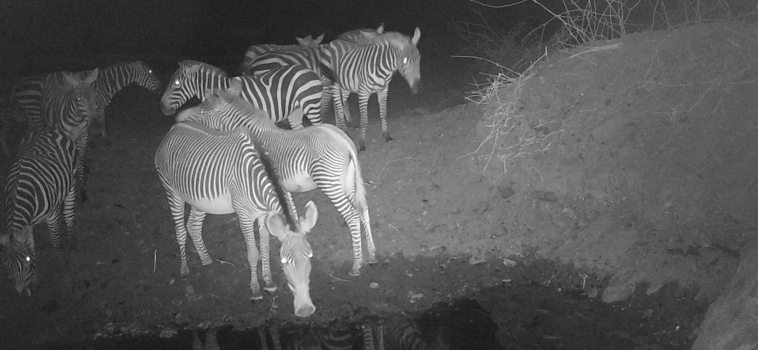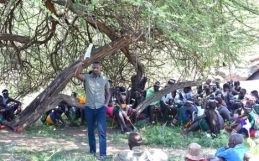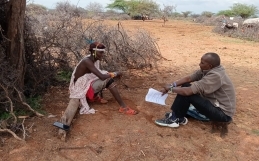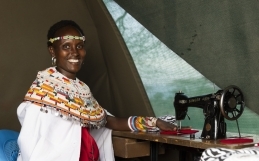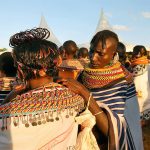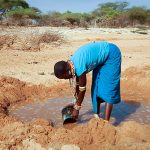It was the height of the dry season in Samburu and temperatures were soaring to more than 40oC. The heat haze could be seen across the dry river bed- Pukur lugga had not flowed in months and the shimmer bars reflected by the parched sand were evidence of the intense and prolonged drought ravaging northern Kenya. The past couple of months had been hard for the GZT team- the drought had brought unimaginable challenges to wildlife in northern Kenya and the Grevy’s zebra were being hit extremely hard. To try and offset the challenges, we provided supplementary feed to Grevy’s zebra and other wildlife- it was critical to keep their body condition up as we waited for the life-saving rains that so far had missed their arrival date. The supplementary feeding effort began in earnest in January, before the zebra could show signs of losing body condition. We employed six hay monitors to oversee the 13 feeding sites we established in El Barta, Wamba and Laisamis. By April, over 600 bales of hay were eaten by Grevy’s zebra, with a few plains zebra joining in too. Water management has also been a priority in this first quarter. Eleven key water points that are being managed by the community have ensured that water is always available for Grevy’s zebra in these areas. Our community monitors and camera traps tell us that Grevy’s zebra are actively accessing water in all of these water points, along with a variety of other wildlife (including elephants, giraffe and warthogs). We are grateful to the Holloman Price Foundation and Marwell Wildlife for supporting this effort.

A Grevy’s zebra feeds on hay in El Barta (c) Grevy’s Zebra Trust.
